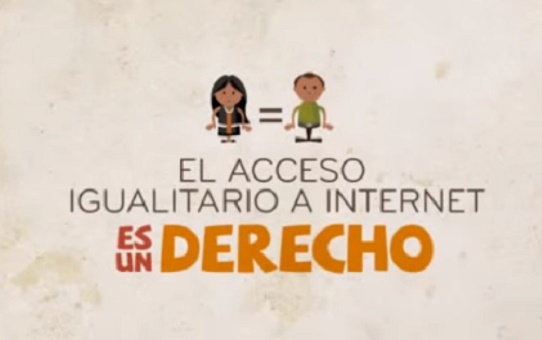In a world full of technology, many people have difficulties accessing and benefiting from it. Two thirds of these people are women. One example: the global gender gap in mobile phone ownership is 300 million. Another example: women account for only 1 in 5 ICT specialists globally. The gender digital divide is related to other gender gaps: overall, women have lower levels of education than men, and less time. They are more isolated, and they are subject to stereotyping that labels them as less technologically able than their male counterparts.
But the internet is key for women: social networks allow them to expand their sphere of relationships, to promote alternative gender roles, and it offers them a platform to express their views, share experiences and participate in global conversations. We need public policies that address technology gaps in combination with gender gaps in education, that promote a more distribution of paid work and unpaid caring activities between the sexes, and that focus on overcoming gender stereotypes. In Latin America and the Caribbean Region, both public authorities and women’s organizations are very active in building initiatives which try to bridge the digital gender gap. This delightful video clip from last year’s XII Regional Conference about the Latin American and Caribbean Women (XII Conferencia Regional sobre la Mujer de América Latina y el Caribe) is one example.
